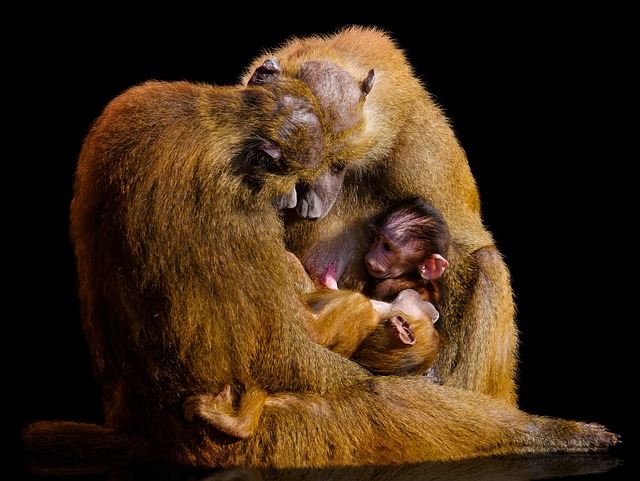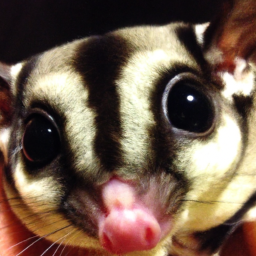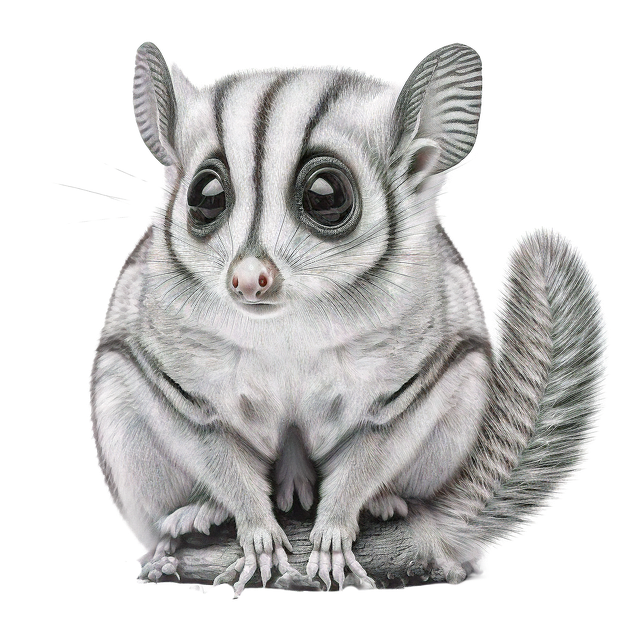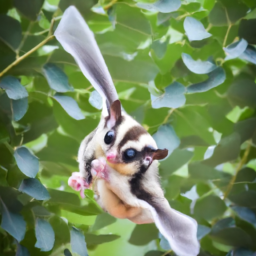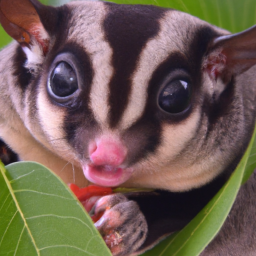What Did The Sugar Gliders Evolve From
In this article, you will learn about the fascinating evolution of sugar gliders and what they evolved from. Understanding the origins of these adorable creatures can give us insights into their unique characteristics and behaviors.
Sugar gliders evolved from a group of marsupials called possums. Specifically, they are believed to have evolved from a species of possum called the feather-tailed glider. These small, gliding marsupials share many similarities with their sugar glider descendants, such as their ability to glide through the air using a patagium, a membrane of skin stretching between their limbs. By learning about their evolutionary journey, we can appreciate how sugar gliders have developed their impressive gliding abilities and adapted to their tree-dwelling lifestyle.
What are the evolutionary origins of different types of sugar gliders?
The evolutionary origins of sugar glider species and varieties trace back to the ancient continent of Gondwana. These small, arboreal marsupials developed distinct characteristics over time, adapting to various environments in Australia, Indonesia, and Papua New Guinea. Today, these unique sugar gliders continue to thrive in their respective habitats.
Can the Evolutionary History of Sugar Gliders Shed Light on Their Biting Behavior?
Understanding the stopping sugar glider biting behavior can be linked to their evolutionary history. Sugar gliders’ biting behavior may have evolved as a defense mechanism or for hunting purposes. By studying their evolutionary past, we could gain insight into why they exhibit this behavior and how to effectively manage it.
What Did The Sugar Gliders Evolve From
Sugar gliders are fascinating creatures known for their ability to glide through the air. But where did they come from? In order to understand the origins of these unique marsupials, we must delve into their evolutionary history and explore the various factors that shaped their adaptation and development. This article will provide an in-depth analysis of the evolutionary journey of sugar gliders, tracing their lineage back to their marsupial ancestors and exploring the diverse species that have contributed to their existence today.
Marsupial Ancestry
Marsupials are a distinct group of mammals known for their unique reproductive adaptations. Unlike placental mammals, marsupials give birth to relatively undeveloped young who then complete their growth inside a pouch. This reproductive strategy has been a defining characteristic of marsupials throughout their evolutionary history. In understanding the evolution of sugar gliders, it is essential to consider their place within the larger history of marsupials.
Common Ancestor
All living organisms share a common ancestor, and sugar gliders are no exception. Scientists have been able to identify the common ancestor of sugar gliders by examining the genetic and morphological similarities between various marsupials. Through the process of comparative anatomy and genetic analysis, researchers have been able to establish that sugar gliders diverged from a common ancestor shared with other marsupial species.
Diverse Evolutionary Lineage
Within the marsupial family tree, the lineage of sugar gliders branches off into various species and subspecies. These diverse evolutionary paths have led to variations in physical traits and adaptations among different populations of sugar gliders. Understanding this diversity is crucial for comprehending the evolutionary history of sugar gliders and the factors that have shaped their existence today.
Prehistoric Relatives
To gain a deeper understanding of sugar gliders’ origins, we must explore their prehistoric relatives. Fossil findings and comparative anatomy studies have provided valuable insights into the ancestral species that contributed to the emergence of sugar gliders. By examining the remains of these prehistoric marsupials, scientists have been able to piece together the puzzle of sugar gliders’ evolutionary journey.
Adaptations for Gliding
One of the most distinctive features of sugar gliders is their ability to glide through the air. This adaptation has allowed them to navigate their forest home with ease. The evolution of gliding in sugar gliders involved the development of specialized gliding membranes, known as patagium, and structural changes in their limbs. Interestingly, sugar gliders share similarities with flying squirrels, indicating convergent evolution in response to similar environmental pressures.
Early Ancestor Habitat
Understanding the environment in which the early ancestors of sugar gliders lived is crucial for unraveling their evolutionary history. Paleoclimate and paleoecology provide valuable insights into the habitat and conditions under which these ancient marsupials thrived. By examining the biogeography of ancestral habitats, scientists can better understand the factors that influenced the early evolution of sugar gliders.
Specific Species Ancestors
Through extensive research on ancestral species, scientists have been able to reconstruct the lineage of sugar gliders and identify the specific species that contributed to their evolution. Genetic analysis has played a crucial role in identifying the genetic similarities and differences between sugar gliders and their ancestors. Factors such as geographic isolation and adaptation to specific environments have also played a significant role in shaping the evolutionary path of sugar gliders.
Mammal Family Tree
Placing sugar gliders within the larger context of the mammal family tree is essential for understanding their relationships to other species. While sugar gliders may be known for their gliding abilities, they have shared ancestry with a diverse range of marsupials, including non-gliding species. Examining their place within the mammal family tree provides valuable insights into the divergence among marsupials and their unique evolutionary paths.
Conclusion
In conclusion, sugar gliders are the result of a long and intricate evolutionary journey. From their marsupial ancestors to their diverse evolutionary lineage, sugar gliders have adapted to their forest habitat through the development of gliding abilities and other distinct traits. By exploring their genetic and morphological characteristics, scientists have been able to shed light on the origins of sugar gliders and their place within the larger marsupial family tree. As further research continues, it is clear that the study of sugar gliders’ evolution holds significant implications for our understanding of marsupial research as a whole.
